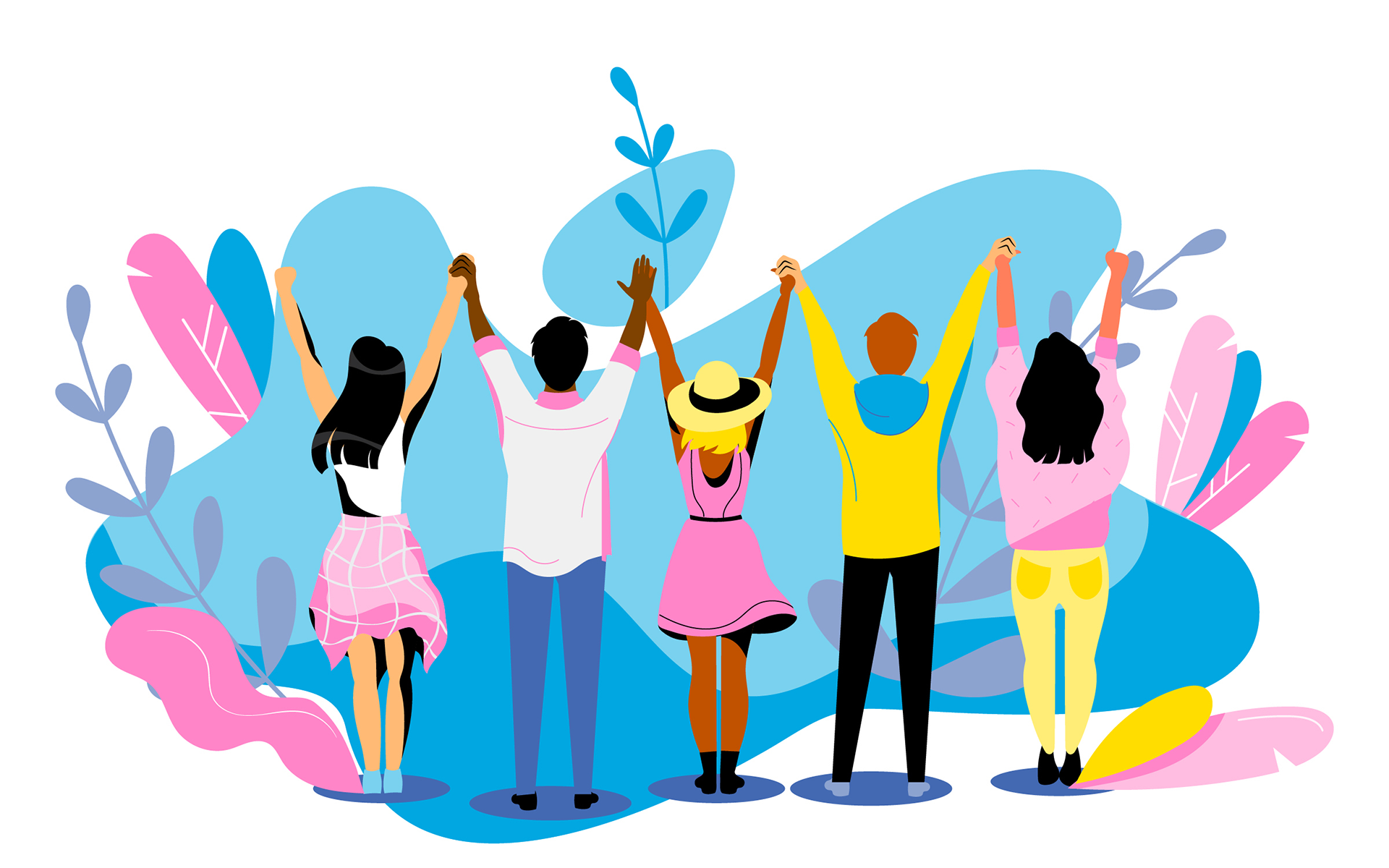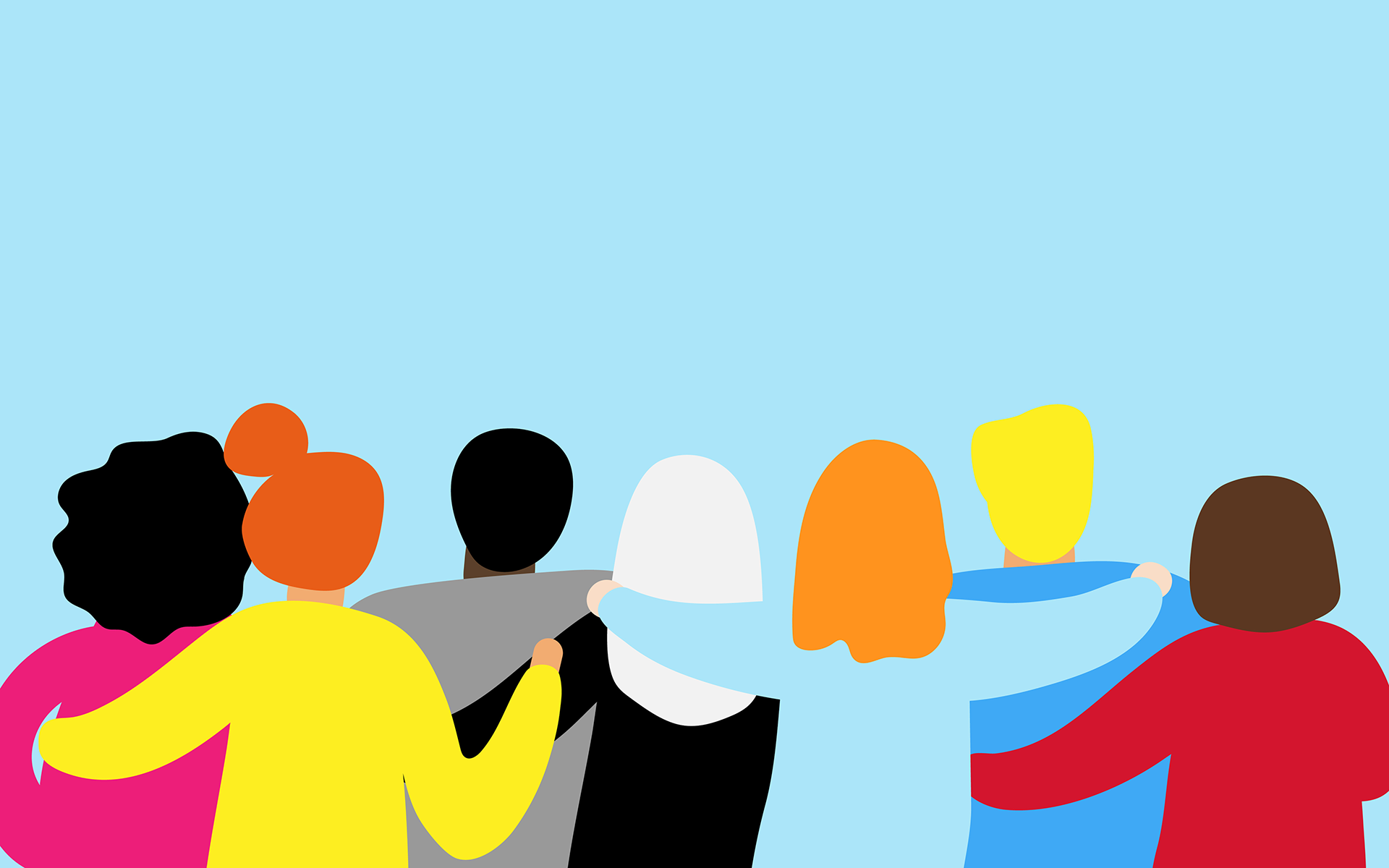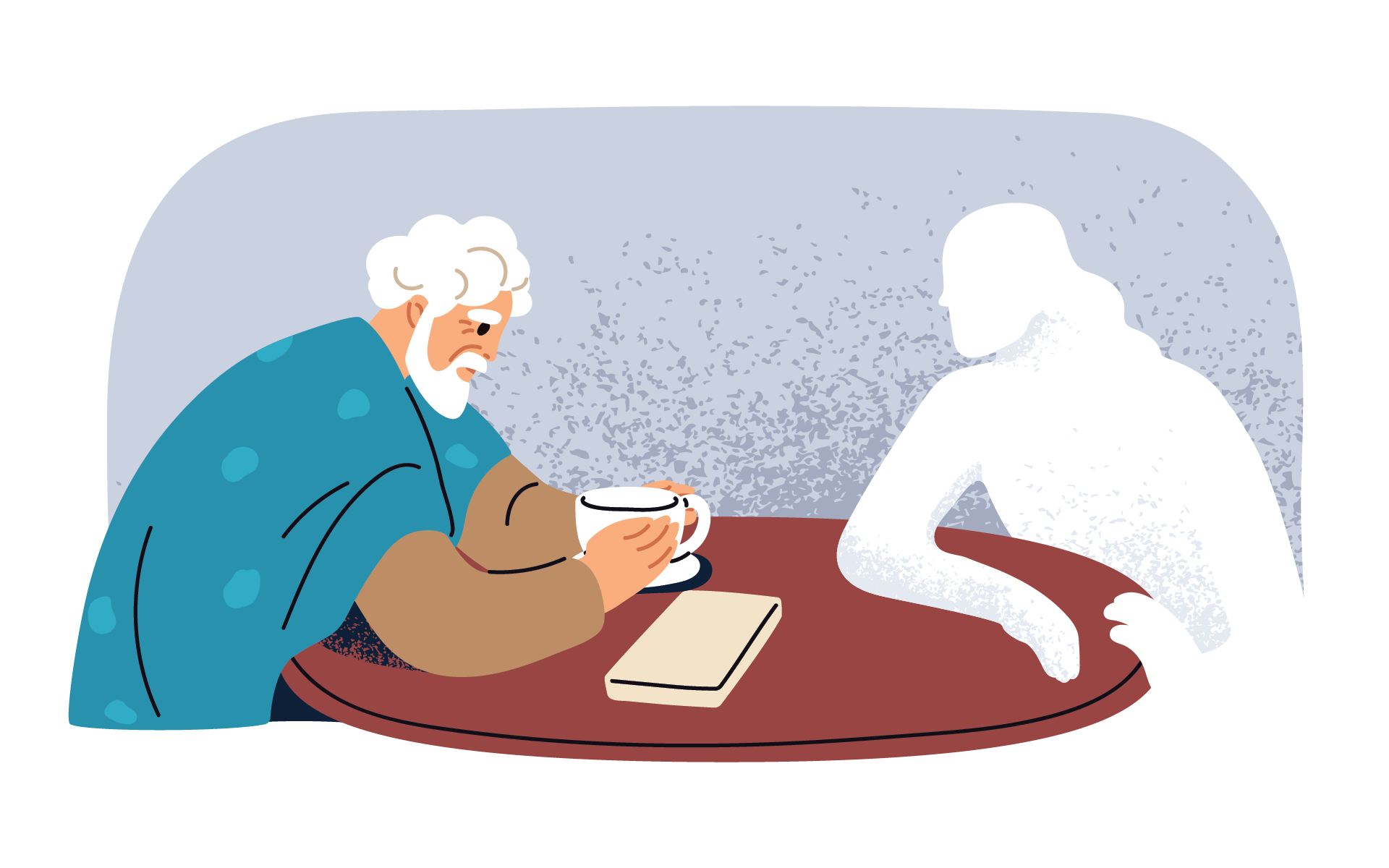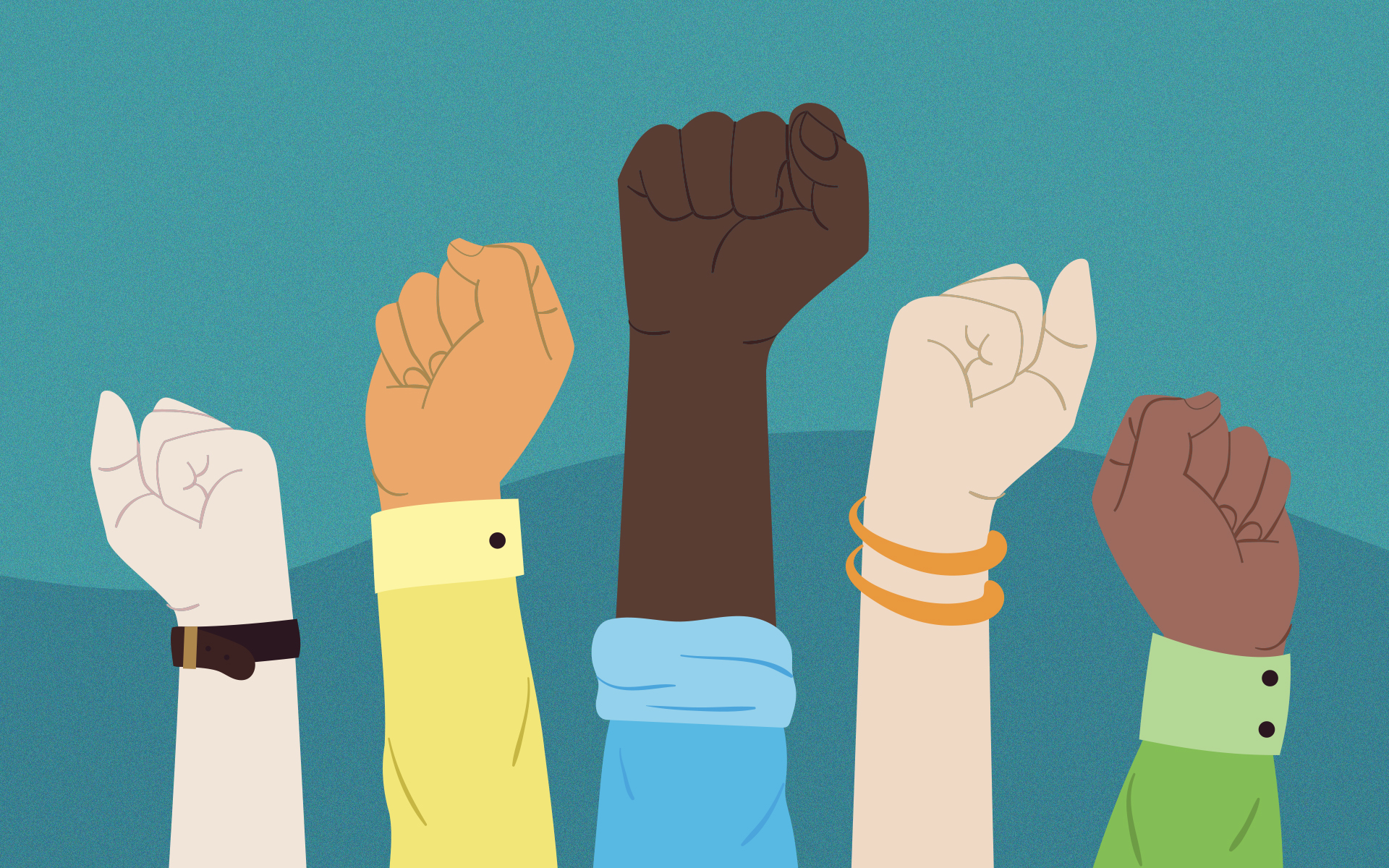Real Mindful: In Awe of All Our Relations with Barry Boyce
Stephanie Domet: Hello, and welcome to Real Mindful. This is where we speak mindfully about things that matter.
We’ll meet here twice a month to introduce you to some of the teachers, thinkers, writers, and researchers who are engaged in the mindfulness movement. You’ll hear all kinds of conversations here about the science of mindfulness, the practice of mindfulness, and the heart of it. And if you have been a listener of Point of View with Barry Boyce, you have come to the right place. Barry is our guest today, as a matter of fact.
I’m Stephanie Domet. I’m the managing editor at mindful magazine and mindful.org. And this is Real Mindful.
Barry Boyce is the founding editor of Mindful and mindful.org, and in every issue of the magazine, he writes the back-page column “Point of View.” Barry has a deep mindfulness practice developed over decades, and is the author of The Mindfulness Revolution.
Barry dropped by my place on a cool fall day recently to tell me about a trip he took, pre-pandemic, to Washington, DC to visit a pair of Smithsonian museums. He wrote about his visit to the National Museum of African American History and Culture in the Winter 2020 issue of Mindful. And in the October issue, which is on stands now, Barry wrote about his visit to the National Museum of the American Indian.
We recorded this conversation just after Canada’s first official National Truth and Reconciliation Day, and this episode comes out just after National Indigenous People’s Day in the United States.
SD: Barry Boyce, hello.
Barry Boyce: Hello, Steph. Nice to be doing this again.
SD: Nice to see you in person for once.
BB: Yeah, it’s lovely. A rare treat. A rare treat in the pandemic. World of zooming, indeed.
SD: And in the pre-pandemic world, you had an incredible opportunity to go to Washington, DC and tour a couple of the Smithsonian museums and write about them for Mindful. I want you to tell me all about going to the I think it’s called the Museum of the American Indian
BB: I’ve been hearing about the National Museum of the American Indian since it first opened. Lots of people know the great things about the building and the exhibits there, and also at the National Museum of African-American History and Culture. I made a special trip to visit both of them and it was really quite a wonderful experience. It made me feel so good about America that these museums exist and that people could go there and walk in for free and see these wonderful exhibits.
First of all, actually talking about the anachronism of calling it the “American Indian”—obviously that’s a heavily-weighted, freighted term. But, at the time they put the museum together, it was still the term of art in the U.S., rather than “Native Americans,” or “First Nations,” or “Indigenous people.” But those are the terms that I would prefer to use to talk about Indigenous peoples and Indigeneity. It was a great visit.
One of the first things is the architecture, just looking at the building itself. It’s designed by Douglas Cardinal. So, Douglas Cardinal is an Indigenous Canadian architect who did the incredible Museum of History, which sits across the Rideau River from Parliament Hill in Ottawa.
SD: A phenomenal museum.
BB: A phenomenal museum and a really special place and inside and out with a curvaceous, organic, earthy feel to it, the inside and outside communicating with each other. Cardinal did something similar with this wonderful building in Washington, DC, and there’s a wetland there, right outside the museum, which is amazing and kind of interesting. The Mall in Washington, all the buildings are white and Greco-Roman with big lawns and this is a distinctly different environment right from the beginning. This building has a lot of color and a lot of earthiness, not the kind of staid and manicured feeling of the rest of of The Mall.
SD: So even on the approach, you can see that you’re going to have quite a different experience in this building than you might have in any of those other official buildings.
BB: Yeah, it changes your experience right off the bat. And as I also wrote about the National Museum of African American History and Culture, where you start alters your experience immediately because you start deep in the basement and it’s very striking. The National Museum of the American Indian, it transforms what you are seeing and your worldview.
When you go inside, there are no corners, it’s all curvaceous.I think it’s a principle of biology that nature doesn’t do right angles.
SD: I love that so much because I imagine the ways in which it must be subtly and also not-subtly working on your own perceptions to suddenly be in this built environment that’s mimicking nature in that way because so few of our built environments do that.
BB: It’s interesting. You see how nature erupts sidewalks, roads, and houses, they start going curvy.
Some of these exhibits may change by the time you get there, but you can do a lot of visiting online. The first place they direct you to is Cosmology, which is on the top floor where you see all these different versions of the medicine wheel. When we think of cosmology, we think of something that’s happening far off in space. The cosmos is this big thing and then we’re here leading our regular lives. In Indigigenous cosmologies, earth and heaven are intimately connected. The cosmos is here and surrounding us, as well. You understand your place to be not in a position of control, but of stewardship for a time. You are a steward of the plant life, the animal life, you are subject to the weather and the environment, and you adapt how you behave to that.
SD: Rather than trying to control it in the ways that we love to think that we can subvert it, control it, and contain it.
BB: You know, Las Vegas has had to get rid of lawns because Las Vegas was filled with all these lawns.
SD: Which is incongruous in a desert.
BB: Completely. And using up loads of water resources. It’s a classic example of not being in touch with and adapting to and being a steward of the land. And in this era, we have an awful lot to learn about that.
In Each of the cosmologies, there was a continuity in terms of the basic medicine wheel that, you know, looks at the world in terms of directions and animals and colors, and sees things in a very holistic and global way.
I want to say something about traditions and maybe actually spirituality. People who grew up on the land, there’s a natural spirituality that comes along with that. You know, what is your relationship with heaven and earth and other beings around you? So it’s about spirituality, not necessarily religion.
SD: You connect to this in your column in the new issue of the magazine. You talk with Dacher Keltner awe and our capacity for that and its place in our lives.
BB: It’s just “Wow, there’s something way bigger and I’m integrated into it.” It can just overtake you in a second. And sometimes around the magazine we talk about “woo-woo”and a lot of people are wary of what woo-woo. And I want to say what we mean by that and what we don’t mean by that. I think it’s important to make that distinction. What we mean by that is a simplistic notion that by meditating for a couple of minutes, sudden transformations are going to take place and if you’re going to hear the music of the spheres and—
SD: —the secrets of the universe will be revealed.
BB: Exactly. The stuff that just feels like it’s an overpromise and a shortcut past doing the work of actually having to settle down and be in the here and now, noticing others, noticing what’s going on in your body and mind, and then seeing what emerges from there, rather than taking some kind of shortcut to an airy fairy promised kind of place. However, indigenous spirituality is not woo-woo. That’s not what we’re referring to. And I’ll give you a pretty good example.My Celtic ancestors had, by all evidence, an incredible spirituality, druid culture and some kind of hermitage culture. I visited some of the hermitage caves that in the pre-Christian era people meditated in, or whatever they did in pre-Christian times in Ireland. At the same time, there are all sorts of books and things promoting Celtic spirituality, but for the most part, the direct line from people who practice those things has pretty much been lost. So, what you’re getting is something that somebody is making up. That doesn’t work so well because you’re not connected to a real tradition.
SD: Right. That authenticity, receiving those teachings, being part of that lineage, for instance. Solid language. Yeah. [00:16:39][6.8]
BB: Right. That’s why preserving Indigenous traditions and spirituality is important. Many of them are still intact, some just barely. One can connect with it in an authentic way. Whether one practices these or not, one can learn about them, even just going and seeing these different cosmologies. No matter how much we’ve built up our world and how proud we are of all our institutions, we’re still here on earth. We still eat. The food still comes out of the dirt. It still has to be fed by rain.
SD: We’re nature. We can be easily convinced that we’re separate from nature, but we’re part of it. It’s part of us.
BB: And I think that is wisdom we need to connect to and that sense of all that Indigenous peoples preserve and in many cases are trying to return to. We just celebrated the first Truth and Reconciliation Day, also known as Orange Shirt Day in Canada to celebrate Indigenous peoples and to be aware of the attempts to eradicate that world, and what we all need to do going forward. I think with what’s going on with the climate and the resource burden that we’ve put on the planet and heights of technology we’ve reached, not really bringing us into the new golden age, I think this will be an important phenomenon for us all to relate to.
SD: And for you, as a longtime mindfulness practitioner, bells must have been ringing left, right and center for you. I’m imagining there was deep resonance in what you were seeing in the museum and your mindfulness practice.
BB: Very much so. I think mindfulness is not a cultural practice per se. Well, many of the practices were highly developed and advanced in Asian cultures. Any mindfulness practice is drawing on basic human capability we have, and it connects us to earth and to our environment and to where we are now. Indigenous practices have that kind of innate, inherent mindfulness about them and I definitely connected with that. It’s interesting to keep learning about Indigenous practices such as storytelling that have a mindfulness component to them that are really true mindfulness practices.
SD: So once you spent some time in awe on the cosmology level, then what happened to you in that museum?
BB: The next place I went to was sort of a shock in the other direction. I went to to a wonderful exhibit, a quite detailed exhibit about treaties. Again, I knew a bit going in, but I learned more while I was there. I think one of the most significant things to appreciate is that Indigenous peoples had been making treaties among themselves for a long time. It’s well known that the Indigenous peoples in ancient times went to war over territory. Human beings do this. They have done this. They are doing it now. They also, like human beings everywhere, understood the need for peace and coexistence. Their approach to treaties was a little bit different, it was more ceremonial and ritualistic and in the ceremony was not just a signing of a document, but it was intended to be something that would be regularly renewed.
SD: These are living documents, right? This is a living relationship.
BB: It’s a living relationship and the document is secondary.
SD: For instance, we’re recording this on Treaty Day here in Nova Scotia, and this is a day where all of us here, we’re all treaty people, and this is a day where we renew our relationship, renew our agreement.
BB: And that wasn’t necessarily the approach that the European tradition had been developing. They saw themselves as acquiring land on behalf of of a monarchy.
SD: More of a transaction, perhaps.
BB: It was a culture clash. I think it’s important that if you go to such an exhibit or read about these things, you reach your own conclusions. I’m not trying to argue about evil and good here. I’m talking about the very sad clash of cultures where the European understanding ended up not in a joint stewardship, but in an eventual near obliteration and, in some cases, obliteration. In many cases, there was definitely ill intent in the extreme. It’s a sad outcome. Really, when you look at it, it was two groups seeing different worlds.
In the same way I talked about the cosmolog, I think we could learn how relationships need renewal. We need a sense of ritual. We need to understand that just because we sign on the dotted line, that doesn’t tell the whole story. We’re a culture of laws, but we have many broken rituals around how those agreements are carried out. We need to remember that it’s about face-to-face relationships in the end. In our cultures today, we often try to avoid the face-to-face relationship. “Let’s do it through our documents and through our lawyers.” Look at all the polarity that can be generated by people being able to yell at each other without doing it face-to-face.
SD: Yes, we’re emboldened in different ways when we don’t have to actually see the other person and acknowledge their humanity.
BB: And go through the ritual of of working out our relationship, which is what failed all those centuries ago and we live with that legacy of those treaties being corrupted from the get go.
SD: When I think about this way that these agreements or these relationships are intended to be alive, I think of being married. My spouse and I stood in front of our friends and family and made certain promises to each other and then we were legally married and we remain legally married, but it wasn’t that day of making those promises that is our marriage. It’s every day we are agreeing to continue our relationship with each other.
BB: It’s beautiful. That’s a perfect analogy to the treaty situation. One thing I’ve always felt about marriages is when you get married, you’re not going to have one marriage, you’re going to have many marriages. Every day, a new marriage. You wake up one day and turn into the caregiver for your spouse. A real treaty needs to take into account an organic, ongoing relationship of sharing something. We can learn a lot from that sense to do it ritually, to be able to revisit it every year.
The final place that I went to was a two-part exhibit about how Native Americans had been run off their land and moved, in one case, in what’s known as the Trail of Tears. Then what resulted was a caricature of Native American culture. There’s a room in the museum that’s a cathedral-like space and it’s just filled with logos. Everything from cigarettes, candy, and tobacco to motorcycles, flour, and sports teams. Now we’re beginning to see those kinds of changes take place where there’s some recognition of who said “Well, what’s wrong with calling a motorcycle the Indian?” Well, what’s problematic is how it trivializes somebody’s cultural heritage. The Cleveland Indians have finally changed their name and we’re going to see more of that. It matters. If it would hurt somebody, why bother? What’s the point? If you’re attached to the name of your team but at the expense of hurting somebody, and you say, “well, they’re overly sensitive.” No. And you consider that it’s a culture that’s been subject to obliteration, I think that would make one sensitive.
SD: There’s a sort of ironic tension in that act of near obliteration or obliteration and then replacing it with this romanticized or cartoonistic image of a culture.
BB: It places a filter between you coming from outside that culture and the actual culture itself. The culture itself is the medicine wheel, the connection with earth and heaven, with the weather, with animals, with plants, how to be of this place and the cosmos is right here. The cartoon version, the romanticized cartoon version, hides you from that. I think it’s changing and there’s much farther to go.
I think as we wrap up, it’s natural to ask, well, what does this have to do with mindfulness?
SD: So, what does this have to do with mindfulness?
BB: Well, mindfulness is personal and, obviously, we talk about mindfulness for stress reduction, for focus, for working with anxiety, for working with pain, any number of personal issues immediate to ourselves. And that, no matter how well you do mindfulness, that will forever remain a part of your practice, that you tune your own instrument, so to speak. But over time, mindfulness also becomes very much about How do I perceive others? Do I really see them? Do I see through what I’m projecting onto them to actually see them and what’s going on with them? Am I curious enough to let go of assumptions for a while and see what’s there? To enter into dialog and relationship.
I think that the messages of stewardship and connection to earth and heaven that Indigenous traditions bring to us as part of our legacy is very much about mindfulness and awareness, and is valuable for us to learn from. Right now, we live in a world where we have a number of overlapping cultures, and it can be very confusing for us nowadays. I think that confusion is a good thing. If somebody asked me, “What’s your culture?” Well, I don’t know. I grew up eating a particular kind of food because I grew up Irish and Scottish, but I have friends who share a similar culture, the same songs, but they grew up eating different food, the way they hug each other is different. We have all these divides based on histories of oppression and poverty, marginalization, race, you name it. We need to negotiate these. This is big because the mindfulness movement, as it moves into the future, will not be worth much if it’s just about a personal bubble. It’s going to have to be about relationships and culture and navigating this confusing, chaotic landscape of so many overlapping cultures. And I look forward to being a part of that work.
SD: Barry Boyce, always a pleasure to chat with you.
BB: Great. Thanks, Steph.
SD: As Barry mentioned, you can visit the Museum of the American Indian in person in Washington, DC with COVID safety protocols in place. You can also visit the museum’s website where you’ll find all kinds of resources, including a look at many of the treaties Barry talked about, and the exhibit that shows images and iconography of Indigenous people in popular culture and advertising. We’ll pop a link in the show notes. You can read more about Barry’s visit in his “Point of View” column in the October issue of Mindful or at mindful.org.
Meantime, if you enjoyed this episode of Real Mindful, perhaps you would leave us a review. You can find us on Spotify, iTunes, Google Podcasts or, well, wherever you’re listening from. Your review helps other listeners decide whether Real Mindful is right for them. And we’d love to hear from you. Let us know what you thought of what you heard today on Real Mindful, or suggest a topic or guest for a future episode. You can drop us a line at [email protected].
And did you know we have a weekly practice podcast called 12 Minute Sit? Well, we do. Neuroscientific research reveals that 12 minutes of meditation a day can be enough to yield benefits like increased focus, clarity, calm, and compassion—and we want to help you with that. Each week, we deliver a fresh mindfulness practice directly to your ears from a leading mindfulness expert. You can subscribe to 12 Minute Meditation wherever fine podcasts are found.
We’ll return with another episode of Real Mindful soon. Till then, may all your days offer opportunities for awe.
Show Notes
National Museum of the American Indian
Find more from Barry Boyce here:
“Why Meditation is a Practice of Liberation”
And find more from Mindful on our practice podcast, 12 Minute Meditation.
Let us know what you thought by emailing [email protected].
READ MORE
Barry Boyce on Bridging our Differences
Founding editor Barry Boyce talks with managing editor Stephanie Domet about how and why we sort ourselves into groups. How mindful awareness can help us navigate the habits and patterns that arise in our in-groups, the refreshing value of encountering other perspectives, and the beauty of encouragement.
Read More
How Mindfulness Can Help us Talk About the Things That Divide Us
Mindful editor-in-chief Barry Boyce talks with writer and editor Stephanie Domet about how mindfulness helps us deepen our caring not only for ourselves, but also for others, no matter how different from us they may seem. And, we meet the Mindful Vulgarian, and talk a little about MOMing, also known as Mouthing off Mindfully.
Read More
Honesty: The Often Missing Ingredient in Community
Even tight-knit, caring groups of people can be susceptible to cliquiness and even cruelty. Founding editor Barry Boyce considers what we can all do to hold each other accountable.
Read More










